Citrus fruits like oranges, lemons, limes, tangerines, and grapefruits have always held a special place in global diets. Renowned for their refreshing flavors, rich vitamin C content, and versatility in both culinary and medicinal uses, citrus fruits are in constant demand worldwide. While many countries cultivate citrus domestically, there are a select few nations that rely heavily on imports to meet local consumption needs.
So, which country stands as the largest citrus fruit importer in the world? Let’s delve into the statistics, market dynamics, and the reasons behind this global trade phenomenon.
The Global Citrus Market: A Quick Overview
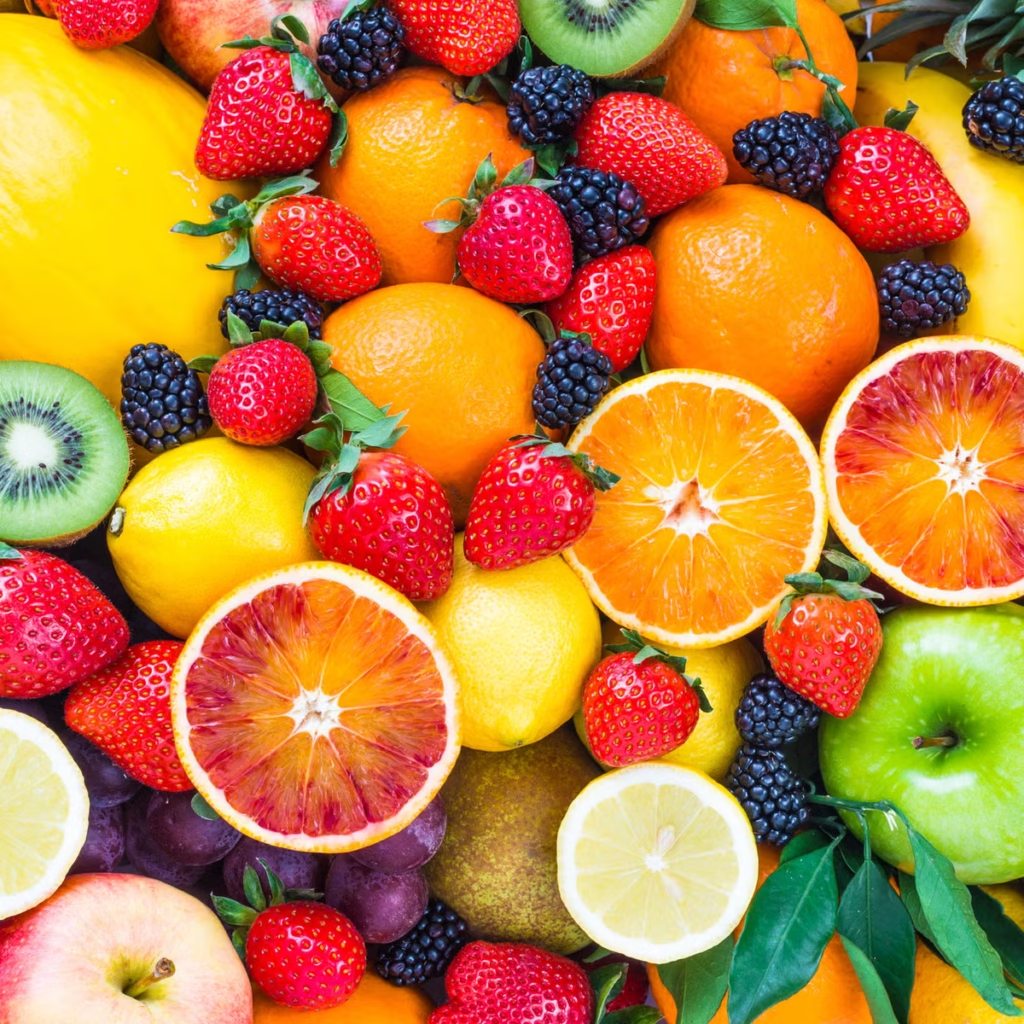
The global citrus market is enormous and constantly evolving. Citrus fruits are traded across continents, from the sun-soaked groves of Spain and South Africa to the bustling ports of North America and Asia. According to market estimates, the global citrus import and export trade was valued at around USD 16.5 billion in 2023, with trade volumes reaching approximately 17 million metric tons.
The demand for citrus is driven by its:
- Nutritional value (especially vitamin C)
- Use in fresh markets and juice production
- Application in processed food, beverages, and natural remedies
- Year-round consumer preference for fresh, juicy fruits
The United States: The World’s Largest Citrus Importer
The United States ranks as the largest importer of citrus fruits globally, both in terms of value and volume.
Key Figures:
- Annual Import Volume (2023–24): Approximately 1.7 million metric tons
- Import Value: Around USD 2.1 billion
- Share in Global Imports: Nearly 12-13% of global citrus imports
Why Does the U.S. Import So Much Citrus?
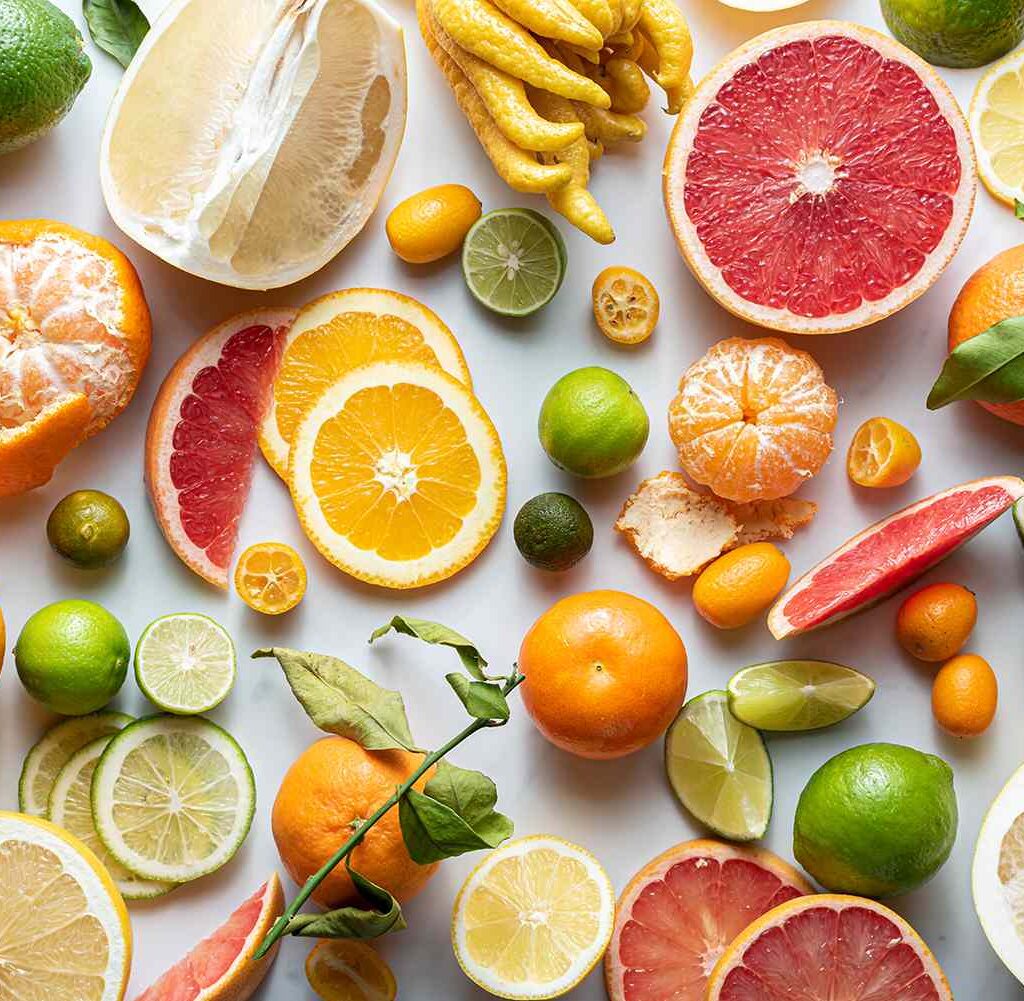
Several factors explain the United States’ leading role as a citrus importer:
High Consumer Demand
Citrus fruits, especially oranges and lemons, are staple items in American households. Orange juice is a breakfast tradition, lemons are widely used in cooking and drinks, and limes are indispensable in cocktails and global cuisines. The growing health-conscious trend has also boosted the popularity of vitamin C-rich citrus fruits.
Domestic Production Limitations
Though states like Florida, California, Arizona, and Texas produce significant quantities of citrus, domestic yields have faced challenges like hurricanes, droughts, and diseases such as citrus greening. These issues have reduced local production, increasing reliance on imports, particularly during off-season periods.
Seasonal Supply Gaps
To maintain a year-round supply of fresh citrus in supermarkets, U.S. buyers source from both the Northern and Southern Hemispheres, importing from Mexico, Chile, South Africa, Peru, and Spain depending on the time of year.
Diverse Food Industry Demand
Beyond fresh fruit, citrus is extensively used in juice production, flavorings, baked goods, pharmaceuticals, essential oils, and the fragrance industry, further fueling import needs.
Top Citrus Exporting Countries Supplying the U.S.
The United States imports citrus fruits primarily from:
- Mexico: A leading supplier of lemons, limes, and oranges
- Chile: Known for mandarins, clementines, and oranges during the U.S. off-season
- South Africa: Supplies oranges and mandarins in the Northern Hemisphere summer months
- Peru: Rapidly expanding in mandarins and lemons
- Spain: Renowned for high-quality oranges and clementines during winter months
Other Leading Citrus Fruit Importing Countries
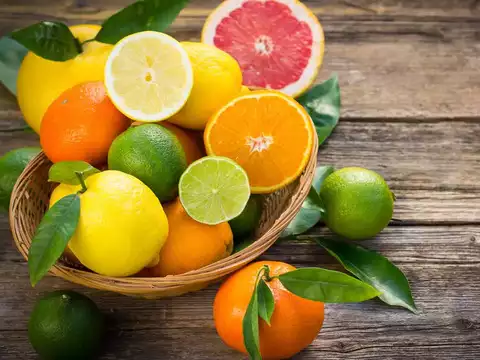
While the U.S. leads globally, several other nations are significant citrus importers:
| Country | Annual Import Volume (2023) | Notable Facts |
|---|---|---|
| Russia | 1.49 million tons | Major importer of oranges and lemons |
| Germany | 0.88 million tons | High demand for mandarins and oranges |
| Netherlands | 1.13 million tons (re-export hub) | A key logistics hub in Europe |
| France | 0.81 million tons | Focus on high-quality clementines and oranges |
| United Kingdom | 0.71 million tons | Popular for juice and fresh markets |
| China | 0.65 million tons | Rising demand for citrus varieties |
| Canada | 0.61 million tons | Relies on U.S. and Southern Hemisphere imports |
| Saudi Arabia | 0.57 million tons | Growing citrus consumption |
Citrus Categories Driving Global Imports
Citrus imports typically fall into these categories:
- Oranges: The most imported citrus fruit, primarily for juice and fresh consumption.
- Mandarins and Clementines: Popular for their easy-to-peel nature and sweet taste.
- Lemons and Limes: Widely used in cooking, drinks, and as natural preservatives.
- Grapefruits: Favored for both fresh consumption and diet beverages.
In recent years, mandarins have been gaining ground due to their convenient, snack-sized nature and increasing health trends.
Global Citrus Import Value and Trends
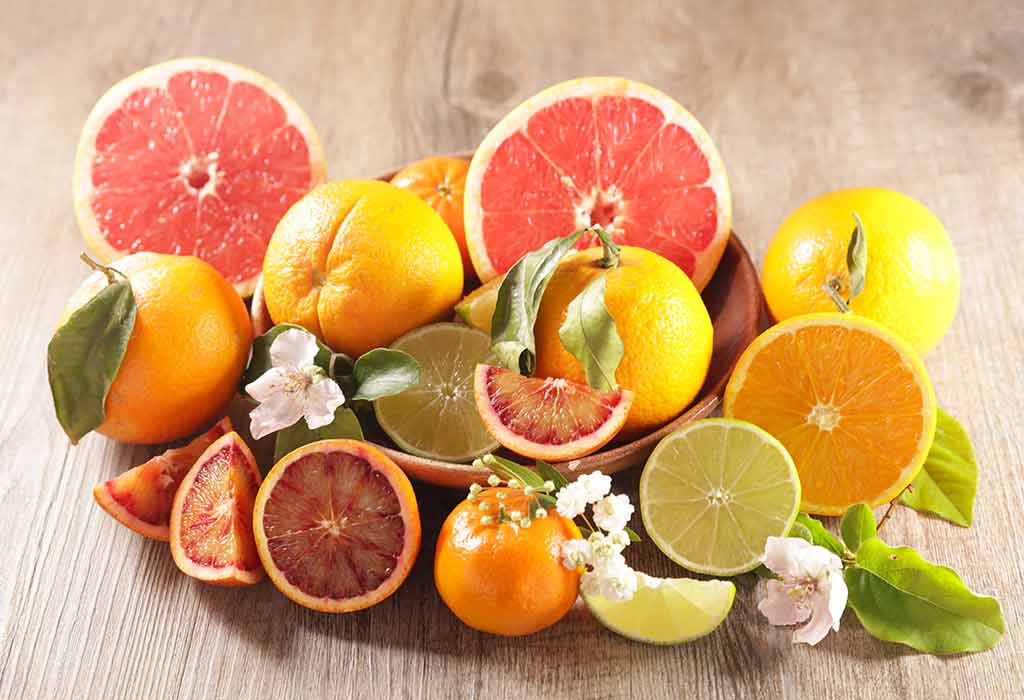
- The average global import price for citrus fruits in 2023 was USD 1010 per ton.
- Germany paid the highest average price of USD 1522 per ton, reflecting their demand for premium-quality citrus.
- Iraq imported at much lower prices, averaging USD 403 per ton.
- The United States typically falls in the mid-high range due to its mix of high-end retail demand and bulk processing needs.
Why Citrus Imports Are Critical for Many Countries
- Food Security and Seasonal Availability: Citrus imports bridge domestic production gaps and ensure year-round fruit availability.
- Value-Added Products: Imported citrus supports juice industries, essential oil extraction, and the pharmaceutical sector.
- Consumer Health Awareness: The immune-boosting properties of vitamin C have kept citrus in demand, especially post-pandemic.
- Diversified Culinary Uses: Citrus fruits are integral to many global cuisines, increasing demand in diverse markets.
Leading Citrus Exporters on the Global Stage

The world’s citrus supply largely comes from:
- Spain: The world’s largest exporter of citrus, especially oranges, mandarins, and lemons.
- South Africa: Major supplier to Europe, Asia, and North America.
- Mexico: Leading lime exporter to the U.S.
- Egypt, Turkey, and Morocco: Fast-growing players in the Mediterranean citrus trade.
- Chile and Peru: Southern Hemisphere suppliers ensuring off-season availability.
Trade Agreements and Tariff Considerations
- The U.S. maintains free trade agreements with Mexico, Chile, and Peru, boosting citrus imports during off-seasons.
- Recent tariff changes with South Africa have caused shifts in sourcing patterns, as U.S. importers adjust to new import costs.
- The European Union has strict phytosanitary standards, particularly for fruit from South Africa, influencing export volumes and prices.
Future Outlook: What Lies Ahead?
- Global citrus trade is expected to grow by 1.5% annually, reaching over 193 million metric tons globally by 2035.
- Asia’s demand is rising rapidly, with China, Japan, and India increasing imports for both fresh consumption and juice production.
- Health-focused consumers are favoring easy-peel mandarins, clementines, and vitamin C-rich blends, driving new trade opportunities.
- Climate change and crop disease challenges may affect global citrus production, keeping international trade vital for supply balance.
Final Takeaways
- The United States is the world’s largest citrus fruit importer, with over 1.7 million tons imported annually, driven by high demand, domestic production gaps, and the need for year-round supply.
- Other major importers include Russia, Germany, the Netherlands, France, the UK, Canada, and China.
- Spain and South Africa lead global citrus exports, ensuring consistent supply to world markets.
- Consumer health trends, trade policies, and seasonal availability will continue to shape the future of the global citrus fruit trade.

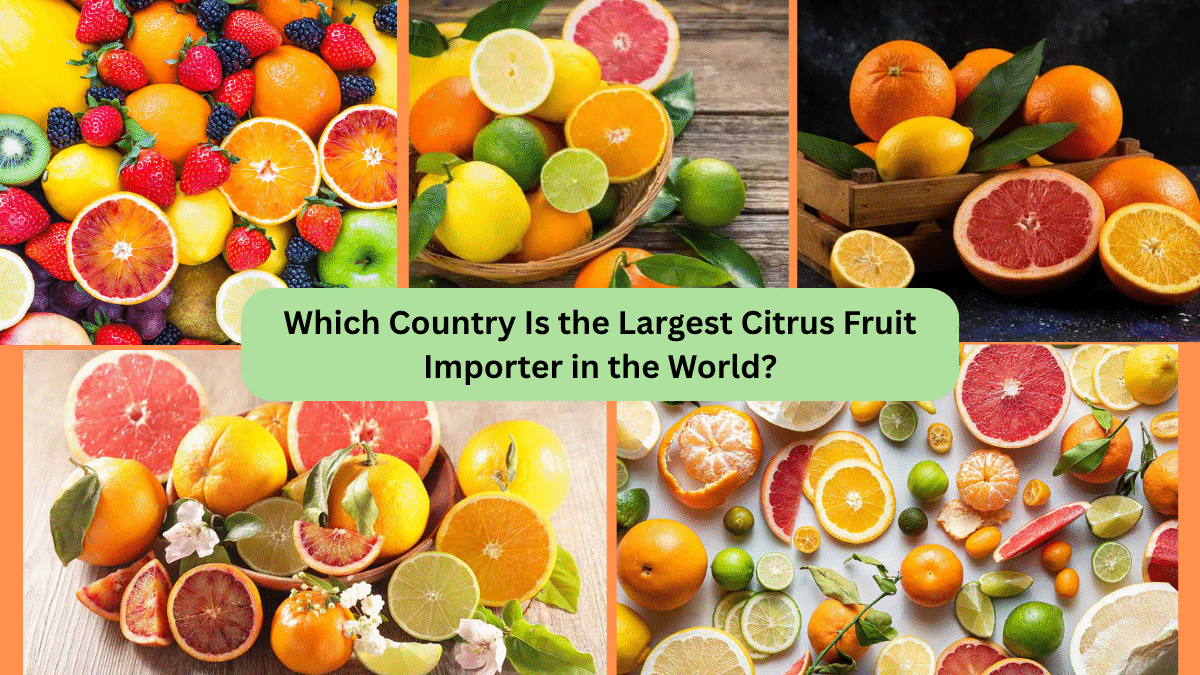



Leave A Comment